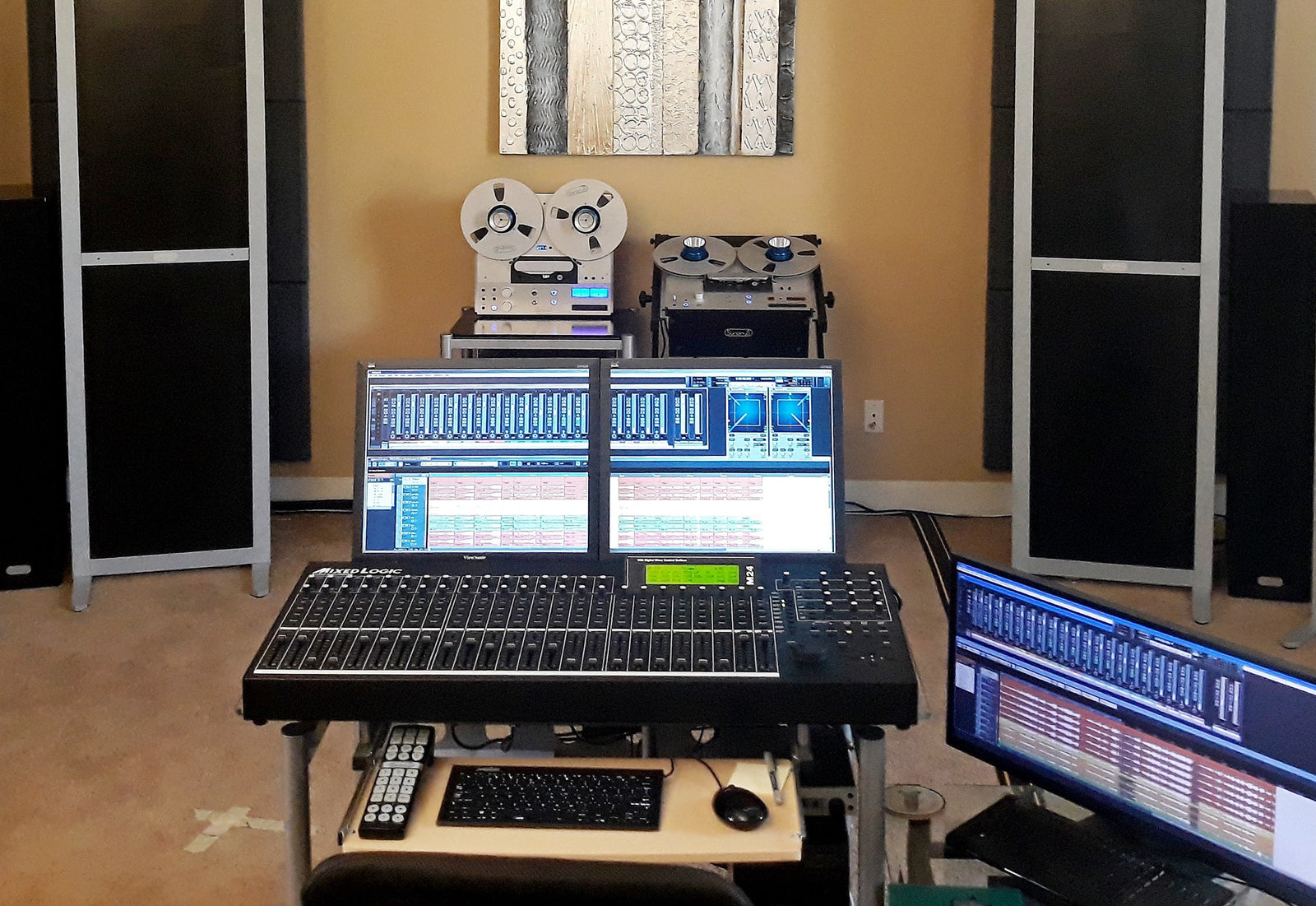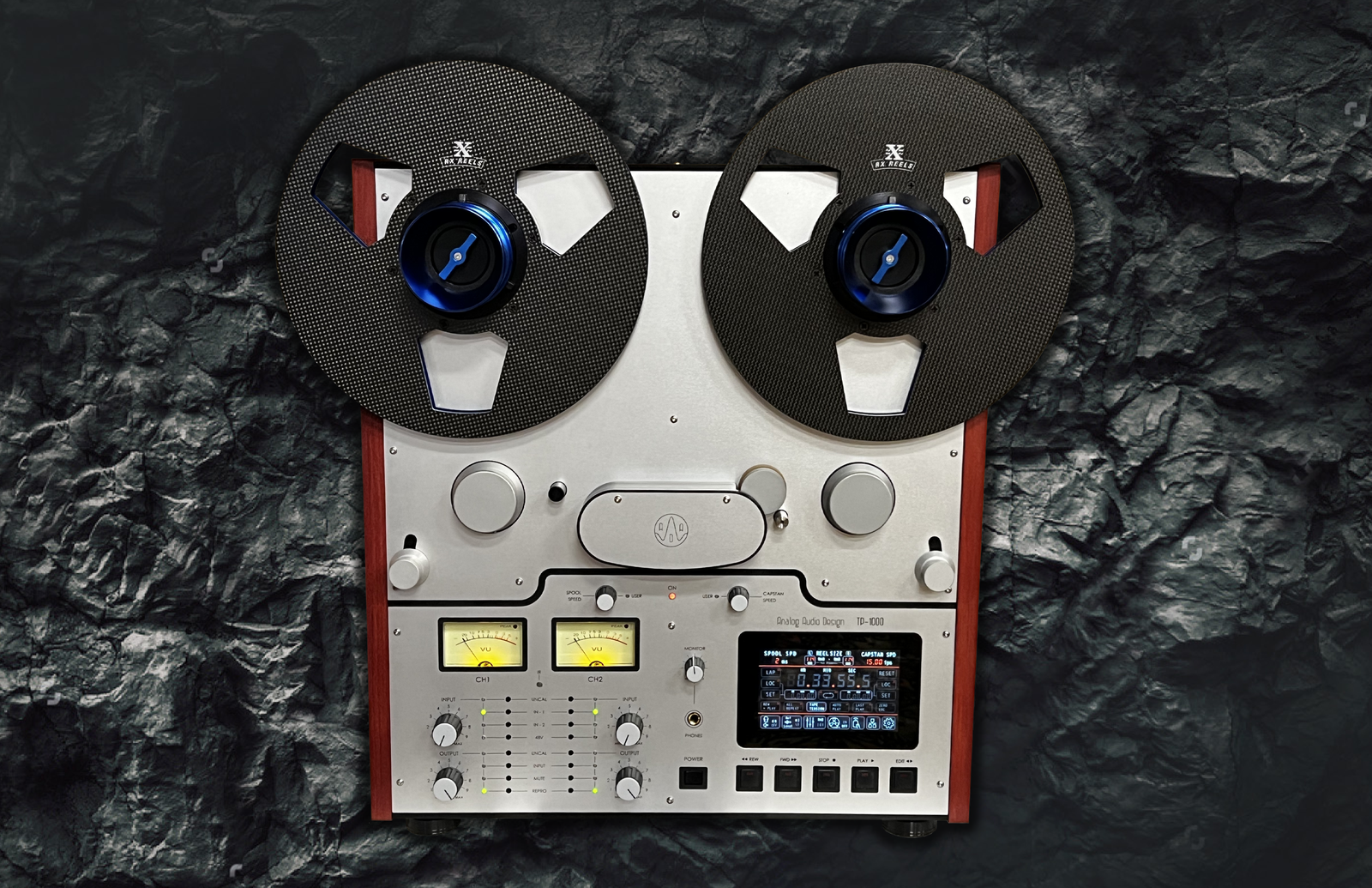Your Cart is Empty

The Story of Reel-to-Reel Audio Pioneer Jack Mullin
If you have experienced the clean, crisp, “it’s too good to be a recording”, sound of a home reel-to-reel player then you have a man named John T. (Jack) Mullin to thank.
Jack was born in 1913 in San Francisco and went on to graduate from Santa Clara University where he majored in electrical engineering, in 1941 he did something that would change the trajectory of his life: Mullin joined the Army and by the time he left the armed forces (after WWII) he was a Major in the Signal Corps. In addition to attaining his rank and serving with distinction he acquired two tape recording devices that were used by the Nazis. Before leaving Europe, Jack had taken the machines apart and separated them into several small pieces in order to mail them from war torn Europe back to the States.
As a Lieutenant stationed in England, his job was improving the performance of electronic equipment, which included Allied radar. From 1943-1944 while stationed at the Royal Airforce base in Farnborough England Jack worked late into the night while listening to classical music broadcast by the Germans in the early morning hours after the BBC had gone off air at midnight. The sounds he heard coming from the German recordings sounded like live performances from amazing musicians such as the Berlin Philharmonic, no matter how hard he tried he could not detect the usual noises typically associated with recordings on the radio.
In 1944, after France was liberated, Jack was sent to Paris along with his unit and was lodged in a building that had once been a maharaja's palace where they examined captured German electronics, none of which were very exceptional and most had extremely poor sound quality.
In July 1945, Jack, included in a group of officers, left for a fact-finding tour of Germany. At the site of a radio transmitter location near Frankfurt, Jack met a British officer who told him about a high-fidelity version of the German AEG Magnetophon audio tape recorder that had low distortion and frequency response that almost matched that of human hearing and he told Mullin where he could find it.
Jack, accompanied by his assistant, excitedly headed to a small resort town outside of Frankfurt where Radio Frankfurt had a satellite studio in Bad Nauheim and while there, he made the most life changing discovery of the modern audio world.
At first glance, these were the same machines with poor quality recordings he had heard before, however the sound was nothing like those machines, he could not distinguish live from tape. Mullins looked at the schematics which showed AC bias in the record circuit. That is when he realized the poor sounding machines could very easily be modified into something beyond his wildest dreams.
Mullens was able to keep two of the Magnetophon to send home as a war “souvenirs” but the rules were anything brought back to the states had to fit inside a mailbag, or it would not be sent. Jack spent a few months taking apart the two machines using several little wood boxes for the parts, shipping each one separately. He ended up with thirty-five separate items which beat all odds, every box arrived safely to his home in San Francisco.
To continue with Jack's journey which includes connecting with Bing Cosby to create the first U.S. commercial reel-to-reel player, read part two next month.
Continue The Story:Read Part 2!


This post delves into the topic of making enhancements to the actual recorded media on reel-to-reel tape. Numerous vinyl albums have been remastered, and indeed, several hundred tapes have undergone remastering from the master or near-master. These offer notable improvements in sound quality compared to the original recordings. Sonorus Audio offers a Holographic Imaging tape remastering service explored here.

Analog Audio Design's first product, the TP-1000 is wholly constructed from new components, utilizing technologies such as computer-aided design and advanced testing tools to augment tape transport and minimize distortion.
The all important heads are from AM Belgium, the same company that inherited the head technical specs directly from Studer / ReVox when they shut down.
The TP-1000 stands out as a three-motor machine using DC motors, all uniquely coupled by a belt and a flywheel to a modern design. Why? To reducing the cogging and flutter commonly associated with DC motors.